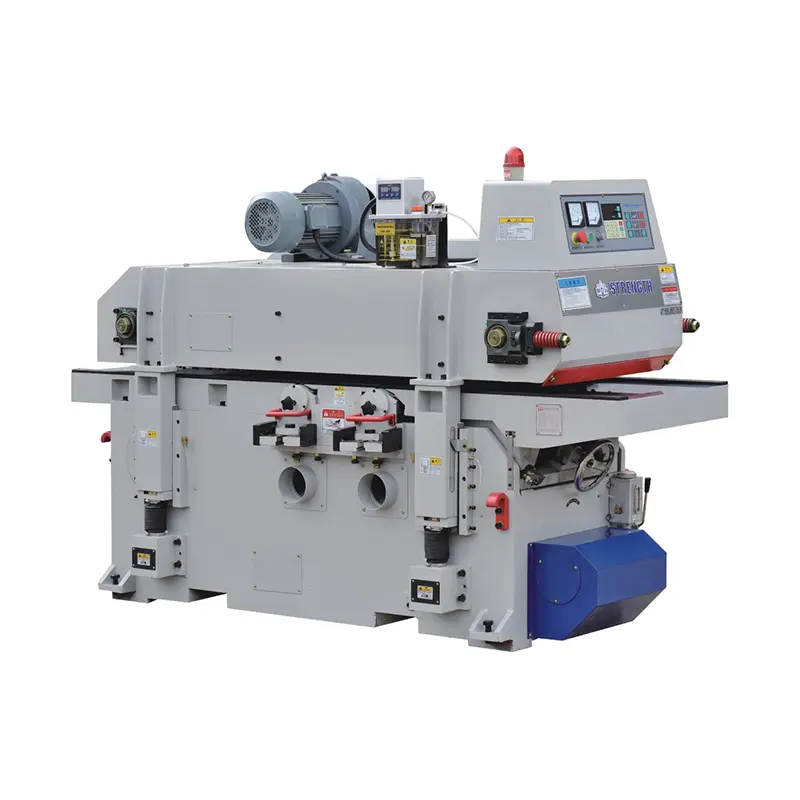Woodworking is a timeless craft that allows individuals to create beautiful and functional pieces of furniture, decor, and more. One essential tool in the woodworking arsenal is the wood jointer. Whether you are a beginner or a seasoned woodworker, understanding how to use a wood jointer is crucial for achieving precise and professional results in your woodworking projects. In this comprehensive beginner’s guide, we will explore the ins and outs of the wood jointer, its uses, benefits, and essential tips for using this tool effectively.
What is a Wood Jointer?
A wood jointer, also known as a jointer or surface planer, is a woodworking tool designed to create a flat surface along the length of a board. It consists of a flat, rotating cutter head and a table with an adjustable fence. The cutter head removes small amounts of material from the surface of the wood, resulting in a smooth and even finish. Wood jointers come in various sizes, from benchtop models suitable for small workshops to larger industrial-grade machines used in professional woodworking settings.
Uses of a Wood Jointer
The primary function of a wood jointer is to flatten and straighten the edges and faces of rough lumber. When working with rough-sawn lumber or boards with uneven surfaces, a wood jointer is used to create a flat reference surface. This flat surface is essential for creating strong and seamless joints when joining multiple pieces of wood together, such as in the construction of tabletops, cabinets, and other furniture pieces.
In addition to flattening surfaces, wood jointers are also used to square the edges of boards, ensuring that they are perfectly perpendicular to the faces. This is crucial for creating seamless joints, such as when joining boards to create panels or frames. By squaring the edges, woodworkers can achieve tight and precise fits, resulting in high-quality woodworking projects.
Benefits of Using a Wood Jointer
The use of a wood jointer offers several benefits that contribute to the overall quality and precision of woodworking projects. Some of the key benefits include:
Improved Surface Flatness: By using a wood jointer, woodworkers can achieve a level and smooth surface on their lumber, eliminating any twists, bows, or cupping that may be present in the raw material. This results in a more stable and visually appealing finished product.
Enhanced Joint Quality: Properly jointed edges and faces ensure that the joined pieces fit together seamlessly, creating strong and durable connections. This is essential for creating sturdy furniture, cabinetry, and other woodworking projects.
Waste Reduction: Using a wood jointer allows woodworkers to maximize the usable surface area of their lumber by removing imperfections and irregularities. This reduces waste and maximizes the yield from each piece of wood.
Versatility: Wood jointers can be used on a wide range of wood species, making them a versatile tool for woodworkers working with different types of lumber.
Tips for Using a Wood Jointer
While the wood jointer is a powerful and versatile tool, it requires proper technique and safety precautions to ensure optimal results. Here are some essential tips for using a wood jointer effectively:
Safety First: Before using a wood jointer, familiarize yourself with the tool’s safety features and wear appropriate personal protective equipment, including safety glasses and hearing protection. Always ensure that the machine is properly grounded and that the work area is clear of any obstructions.
Jointing Technique: When jointing a board, start by flattening one face on the jointer. Once the face is flat, use the jointed face against the jointer’s fence to square one edge. Then, use a table saw to square the opposite edge, resulting in a board with two flat and parallel surfaces.
Proper Setup: Ensure that the wood jointer is properly set up and calibrated before use. This includes adjusting the infeed and outfeed tables to the correct height and ensuring that the cutter head is sharp and properly aligned.
Grain Direction: Pay attention to the direction of the wood grain when jointing. Jointing against the grain can result in tearout and a rough surface, so it is important to feed the wood through the jointer in the correct direction.
Maintenance: Regularly maintain and sharpen the blades of the wood jointer to ensure clean and precise cuts. Keeping the machine clean and well-maintained will prolong its lifespan and ensure consistent performance.
In conclusion, the wood jointer is a fundamental tool in the woodworking arsenal, offering woodworkers the ability to create flat, straight, and square surfaces essential for high-quality woodworking projects. By understanding its uses, benefits, and following essential tips for its use, beginners and seasoned woodworkers alike can harness the power of the wood jointer to achieve professional results in their woodworking endeavors. Whether you are crafting furniture, cabinetry, or other woodworking projects, the wood jointer is an indispensable tool that can elevate the quality and precision of your creations.
Post time: Aug-19-2024

